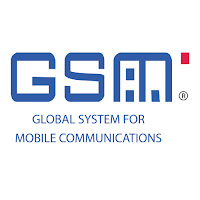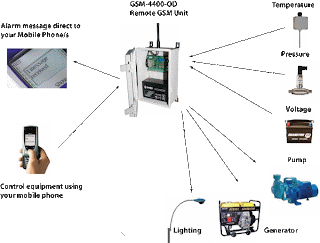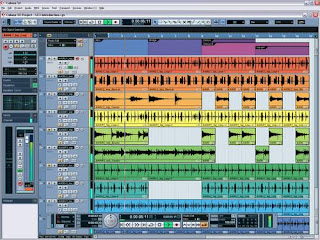
Global System for Mobile communication (GSM) is a popular standard mobile phone system around the world. Today 80% of the global mobile market is covered by GSM and there are already 3 billion people across 212 countries and territories using it. So we can see the popularity of this technology. GSM is basically 2G (second generation) mobile system which is completely different from other predecessor technologies as both of its signaling and speech channels are digital. Enhanced Data Rates for GSM evolution (GSM EDGE) is a third generation (3G) version of protocol which will be launched soon. GSM mobiles consist of GPRS features and include a worldwide telephone number feature. It also has implemented Short Message Service (SMS) often called as text messaging.
Talking about the history of GSM, it was European Conferenc
 e of Postal and Telecommunications Administrations (CEPT), who first implemented the GSM technology for the first time all across Europe in the year 1982. At that time, it was called “Groupe Spécial Mobile” (GSM) carrying a motto to standardize common mobile services to all the people. Later, European Telecommunications Standards Institute (ETSI) took over the GSM in the year 1989 and within 4-5 years form then, there were millions of users across several countries that had started using GSM technology.
e of Postal and Telecommunications Administrations (CEPT), who first implemented the GSM technology for the first time all across Europe in the year 1982. At that time, it was called “Groupe Spécial Mobile” (GSM) carrying a motto to standardize common mobile services to all the people. Later, European Telecommunications Standards Institute (ETSI) took over the GSM in the year 1989 and within 4-5 years form then, there were millions of users across several countries that had started using GSM technology.- Advantages & Disadvantages:
- GSM technology is one of the matured stable networks having robust features.
- There is few signal corrosion inside buildings.

- GSM have the capability to use repeaters.
- As the transmission is of pulse nature, generally talk time is higher in GSM phones.
- The availability of Subscriber Identity Modules allows users to switch networks.
- International roaming is not a problem as GSM covers virtually all parts of the world.
- Globally, GSM handset makers, carriers and end users create better network due to involvement of bigger number of subscribers.
- Despite the fact that Pulse nature type of transmission is used, it is found interfering with some electronic audio amplifiers in 2G.
- Intellectual property is very intense among the existing manufacturers. So, there is less probability for the new developers to get an entrance.
- The cell site range in GSM technology is fixed and ranges only up to 35 km.
- Security issues:
GSM provides their subscriber with a SIM (Subscriber Identity Module) card which possesses unique identity for every user. This unique card consists of information such as service code, authentication key, user’s information, etc. which plays a very vital role. Since the data and speech as well as the communication between user and Base station (BST) are encrypted, GSM is regarded as secured mobile technology.
Hence, despite the various security features GSM may be still vulnerable to many threats. But, it can still be improved using some easy actions.
















